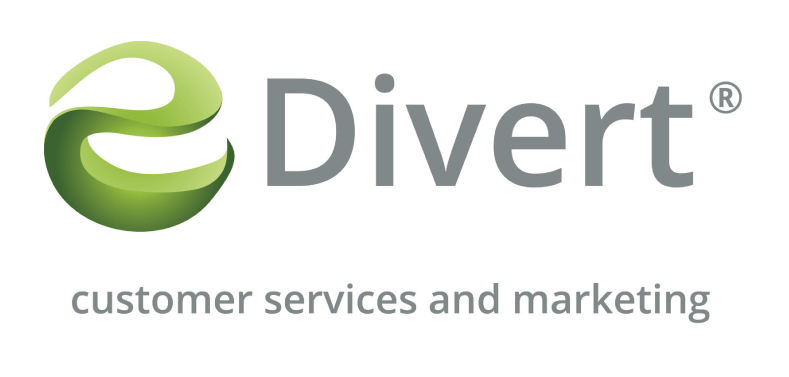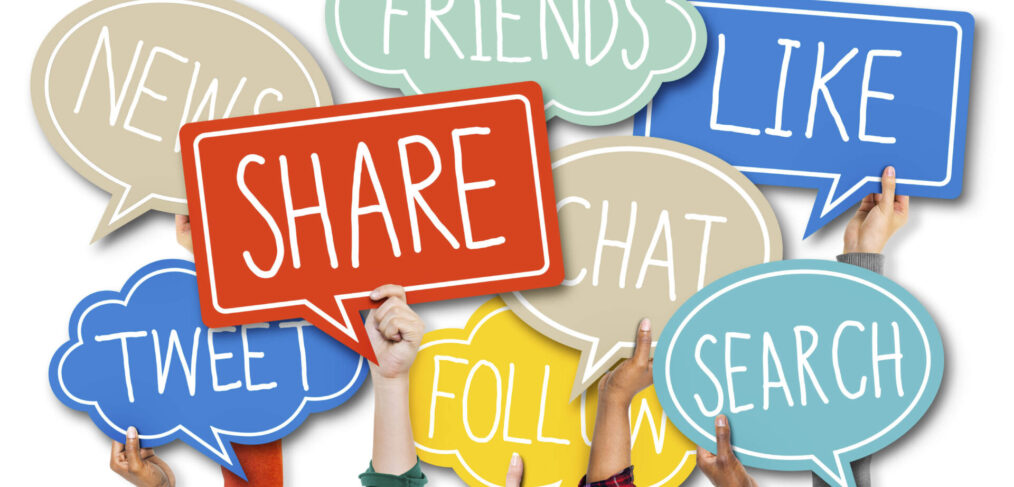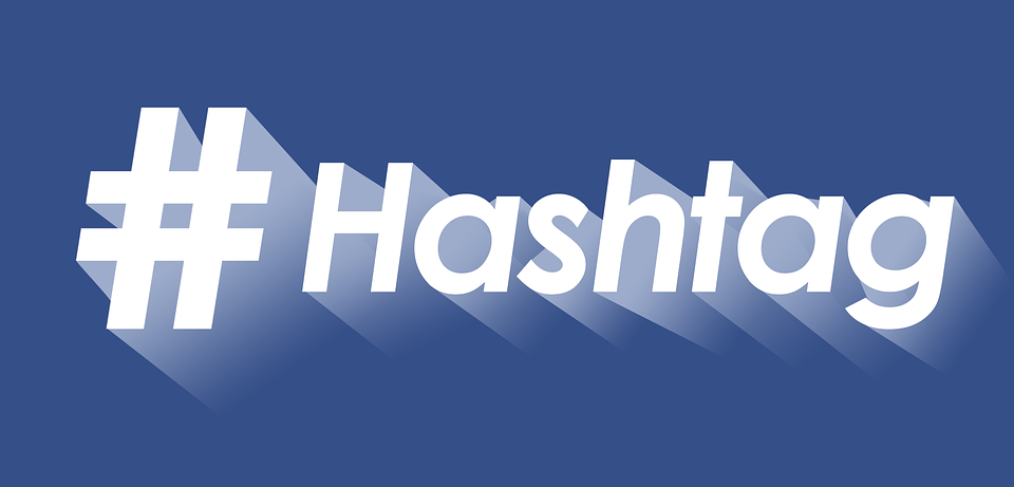In order to achieve success on Facebook you need a community. That’s a fact. Facebook is the king of social networks with millions of active users per month and there are well over a few million active Facebook pages so if you want your page to stand out from the crowd you will need to grow your audience and get more Facebook page likes. If you’re managing marketing for one of these businesses, you already know how hard it is to attract new “likes” to your page.
Invite friends to “Like” your page
The invite feature allows you to ask certain friends or all friends to like your business page. You can then ask them to invite their friends. People you have as friends on your personal page are likely to ‘like’ and ‘share’ the post from your business page and this will increase the number of people that will see the post and possibly the number of likes and visits to your website.
Link to your page to your personal Facebook page
Your Facebook profile page is highly visible so use this to your advantage by including a link to your page right below your profile picture so your friends and people who will add you can see it straight away and go to check it if they are interested.
Share interesting content not just links
This type of content gets more likes and shares and as a result the page gets more fans and followers. People love to share great content, and when your Fans’ friends see that great content, they too may share it – or even better, they may “Like” your page. It’s an easy way to get more likes on your Facebook page. People are very visually-oriented, so photos and videos are more likely to capture people’s attention than wordy status updates. Posting awesome content is a great way to get your page to spread virally.
Be Consistent
Getting more Facebook Likes isn’t just about profile optimization and an initial push. To continue growing steadily, you need to maintain an active, ongoing presence. By now you know that you should publish engaging, interesting and entertaining content. But how often should you post? There is no magic number but there are best practices and analytics to guide you. Post 5 times a week so you’re “top of mind” for your Fans.
Time it right
There is no “magic time” to post like we mentioned earlier, so mix it up and see what works best for your page. It really depends on the business type. Posting often increases your visibility on people’s timelines, making it less possible for your posts to be overlooked or skimmed over. If you can become known for posting interesting and funny status updates, photos and videos, people will be more likely to stop and take notice when your name appears on their feed. The more people who actually pay attention to what you’re posting, the more people who’ll be inclined to like each post.
Find out what interests your community
People will be more inclined to keep visiting and to share your content if you maintain regular, interesting, and updated content that they are interested in. And you want them to share that content, so ensure that it’s the type of content people love to share, such as photos, photo sets, videos, and links to really interesting articles.
Add the “Facebook Like” tools to your website or blogs
Using the “like” buttons or boxes makes it easy for people to find your fan page and to “like” it from your site or blogs. Add it to your site or blog, preferably toward the top so that it’s clearly visible. This works especially well because the people on your website are warm leads and likely to be interested in the content you post on your Facebook Page.
Promote your Facebook Page on Twitter and LinkedIn
Place your Facebook link on other social media networks. For example, use your Twitter address link box to place your Facebook page URL rather than a site address. Your new and existing followers will be able to get to your group page only by one click. Whatever community you join, always be sure to include a link back to your Facebook page so the readers can find and connect with you there.
Use a call to action
If you ask your followers to Share, Like or Comment they will be more than likely to do it for you. If you don’t ask people to take action and like your page many people, simply won’t.
Get your followers to Upload and Tag Photos
If you host or attend the same event with several of your followers take a photo, post them to your page and then get your fans to tag themselves in the pictures. If you can get your fans to upload pictures to your page, or tag themselves in pictures you uploaded, this will post to their walls as well and will lead to additional traffic for you as their friends will be able to see it as well.
Create an awesome Facebook page experience
Do your best to give an awesome experience for those who interact with you on your page by creating and posting epic content. The viral feedback this can send into many people’s Facebook news feed will enable you to pull in many new free fans for your page. Go above and beyond when engaging with your community and they will spread the word.
Organise a Facebook Contest or a “Fan of The Month” Promotion
Organize a contest on your Page and give a free gift. This will help you in getting more followers because the people that already like your page are going to invite their friends as well to take part in your contest. You can add a rule that all the participants must like your page in order to be eligible to win the prize.
Promote your Facebook page in real life everywhere
Print your Facebook page URL and stick it in your store on the wall, in the windows, on the receipts or flyers that you hand over to your customer. You can put a sticker on your car underneath your company name, print it on other marketing materials that you hand out. There are also plenty of options for free advertisement.
Measure and analyse
Use Facebook Insights to find useful metrics on your Page performance. You can view metrics like reach, number of engaged users, engagement rate, and new Page likes. These metrics will help you understand what’s driving your likes and engagement, so that you can adjust your posts accordingly. Keep the analytics so you can compare the details and see when you were busier or received more likes.
In the end the success of your Facebook Page depends on how you use and manage it. If you follow all the above tips and work continuously on your page it will definitely be starting to get more and more likes within a few months. Having a good number of Facebook fans on your business pages is very important for credibility and ranking purposes. There’s plenty more to learn about growing a Facebook audience that can provide new business opportunities.
We hope we were helpful with this guide and you will be able to use this information on how to attract more Facebook fans. Please like our Facebook page www.facebook.com/eDivertUK/ If you have any questions, or don’t have the time or resources to build your own social media strategy, please contact eDivert on 01628 637 900 or e-mail us on info@eDivert.co.uk . Check out our website www.edivert.co.uk/our-services/social-media-management



